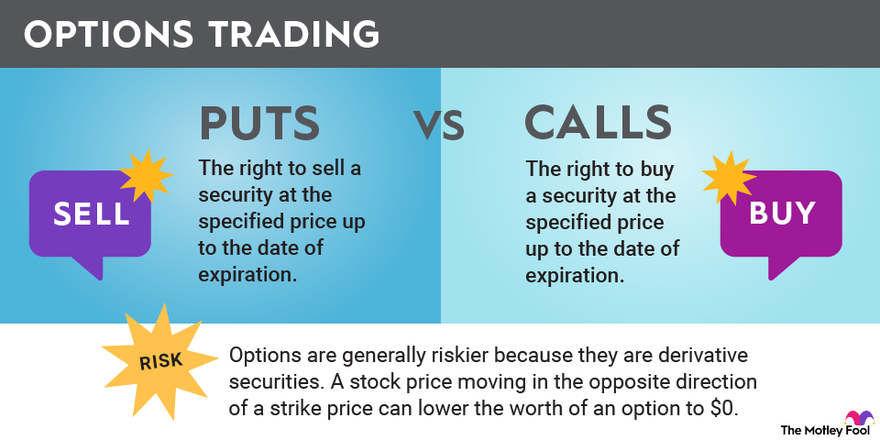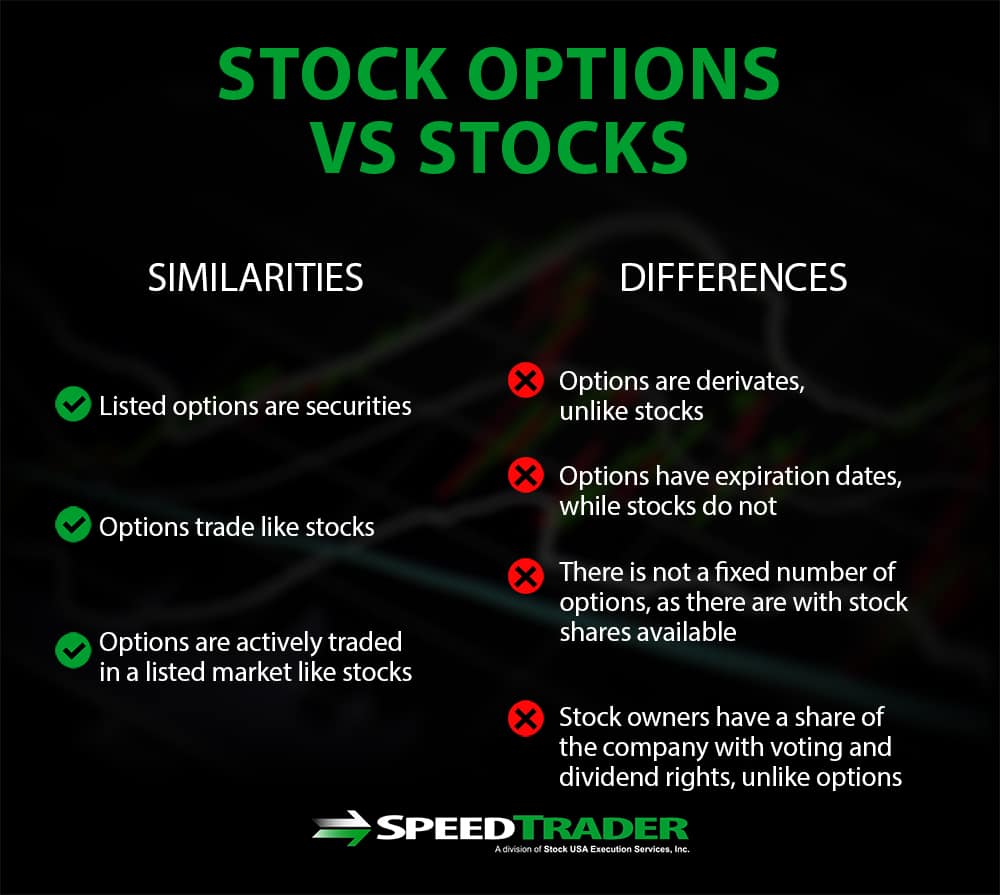Introduction: Understanding the Basics
Stock options are a type of financial contract that allows you to buy or sell a specified number of shares at a set price on or before a certain date. Options trading can be a complex but potentially rewarding endeavor, offering various strategies for investors to pursue. In this article, we explore different examples of stock options trading, providing insights into their applications and potential benefits.

Image: www.mohitjakhotiablogspot.com
Options contracts involve two main parties: the option buyer and the option seller. The buyer of an option obtains the right, but not the obligation, to exercise the option at the agreed-upon terms. The option seller, on the other hand, has the corresponding obligation to fulfill the contract if exercised by the buyer.
Examples of Stock Options Trading
1. Call Options:
A call option grants the buyer the right to purchase a specific number of shares at a predetermined strike price. The buyer has the option to exercise the contract on or before its expiration date. Call options are typically used when the investor expects the stock price to rise. By purchasing a call option, the investor can potentially profit from a stock price increase beyond the strike price.
2. Put Options:
A put option gives the buyer the right to sell a specified number of shares at a strike price on or before its expiration date. It is often used when the investor anticipates a stock price decline. The buyer of a put option can potentially benefit if the stock price falls below the strike price.
3. Call Spreads:
A call spread involves buying and selling different call options with varying strike prices and expiration dates. These strategies offer defined risk and reward profiles, allowing investors to tailor their investments to specific market expectations.
4. Put Spreads:
Similar to call spreads, put spreads consist of buying and selling put options at different strike prices. These spreads offer alternatives for investors seeking to profit from anticipated stock price declines, with varying risk and reward dynamics.
5. Covered Calls:
A covered call involves owning the underlying shares and simultaneously selling (writing) call options against them. This strategy provides income generation opportunities from option premiums but limits potential stock price appreciation gains.
Tips and Expert Advice
When it comes to options trading, there are several key tips to consider:
- Understand Risk: Options trading carries substantial risk. Investors should thoroughly understand the potential risks and rewards before engaging in option contracts.
- Assess Options Pricing: Option premiums (prices) are determined by various factors. Investors should consider the stock price, time to expiration, interest rates, and volatility when pricing options.
- Set Clear Trading Goals: Define specific trading objectives to guide your options trading decisions. Whether seeking income generation, growth opportunities, or portfolio hedging, clearly outlined goals enhance trading strategies.
- Monitor Market Trends: Stay updated on market news, economic data, and company-specific events that may impact option pricing and underlying stock performance.
Frequently Asked Questions
- What is the difference between a call option and a put option?
A call option allows the buyer to purchase shares at a strike price, while a put option gives the buyer the right to sell shares at a strike price. - How does an investor profit from options trading?
Investors can profit from options trading if the underlying stock price moves in a favorable direction, aligning with their option strategy and market expectations. - Is options trading suitable for all investors?
Options trading is not appropriate for all investors and requires a thorough understanding of risk and market dynamics. Investors should assess their risk tolerance and investment goals before engaging in option contracts.

Image: www.fool.com
Examples Of Stock Options Trading

Image: speedtrader.com
Conclusion
Stock options trading offers versatile strategies for investors seeking potential returns and risk management. By comprehending the different types of options contracts, investors can craft strategies tailored to their investment objectives. Embracing best practices and expert advice enhances the potential for success by managing risk and maximizing opportunities.
Would you like to learn more about examples of stock options trading? Contact us for a in-depth discussion.






